It’s March already?! When did that happen? During this time of year, we inevitably see a rise in test anxiety for students and staff alike. While we cannot prevent the tests from happening, we can better prepare our students and staff to cope with these challenges. This month’s tips provide suggestions for helping students become more aware of their anxiety, ways to approach test anxiety as a school, and coping skills to manage test anxiety. You will also find that these tips come in handy for school staff at your next professional development day or faculty meeting.
Self-Awareness of Test Anxiety
Testing season can be stressful for everyone, especially our students who already have a tough time dealing with anxiety or self-confidence. To calm their minds and get them ready for the big test, I spend most of March teaching students an Action Plan for Test Success. I find that giving students steps they can follow to prepare for the test the night before and the morning of (e.g., get a good night sleep, eat a good breakfast), really helps them to feel prepared. I also like to teach students coping skills they can use in the moment if they feel overwhelmed, such as positive self-talk, visualization and deep breathing techniques. An easy to understand plan coupled with coping skills really can help students soar on test day. Mrs. Bell The Crafty Counselor
I have found that many students don’t recognize their anxiety or stress until it is severe. This makes it much harder for students to calm down. It is helpful to teach students how to recognize the stress or anxiety that they are feeling. I encourage students to consider their warning signs of stress or anxiety. Warning signs include ways their bodies look, ways their bodies feel, things they do or things they say when they are stressed or anxious. If they don’t realize they are feeling this way, they can’t do anything to fix it! Once I teach students to recognize their feelings, I use mindfulness scripts or activities to help them manage the feelings. -Chelsey from CounselorChelsey
Stress can be debilitating for students, so I like to help them look at the the symptoms of stress and then coping strategies. We also talk about good and bad stress and how stress can either motivate us or keep us from our goals. We also practice self talk because if we learn to get rid of the negative messages we send to ourselves, we will become more confident. – Carol Miller, The Middle School Counselor
This time of year seems to be stressful for everyone at school. Anxiety can lead to feelings of helplessness. It is important for students to understand they have the power to reduce their worries when taking tests. For my classroom lesson on this subject, I like to use Learning To Manage Test Anxiety Brochure. It gives nine calming strategy activities in a Bingo format for students to complete. These calming strategies include: Take time to be prepared, Do one form of exercise, Perform a deep breathing exercise, Have a cold drink, Use positive self-talk, Encourage someone else, Do something fun, Eat a healthy breakfast, and Get a good night’s sleep. By getting students actively involved, they have an opportunity to determine what strategies will work well for them to reduce test anxiety. Jodi Mills, The School Counselor Is In
School-Wide Activities for Test Anxiety
During testing time, I would work with school staff to coordinate a test pep rally. We set up centers in the gym where teachers did hands on activities to help kids remember test taking strategies. At my center, I worked on teaching kids strategies to overcome test anxiety. We worked on belly breathing, progressive muscle relaxation, and various mindfulness techniques. In addition to that, I spent time in individual sessions with students exploring study skills and testing strategies that work for them. This Study Skills Journal allows older students to take a hands on, self-directed approach to managing their test anxiety by helping them develop a study plan to prepare for the big test. – Yanique from Kiddie Matters
Our counseling office is responsible for putting together testing packs for teachers and students. A part of this is getting pencils sharpened and tests ready. I like leaving pencil topper flags on each student’s pencil. They are uplifting little messages, that helps lessen stress and provide plenty of motivation. Carol from The Middle School Counselor
Teaching Coping Skills for Test Anxiety
Introduce students to guided imagery. I use a script that I created for our end of grade test where students imagine seeing themselves walk into the school and do a great job testing. They love it! They always say, “Mrs. Atkins, why haven’t we ever done this before.” I also take them through a cheesy brain gym video from YouTube to get their brains awake. On testing day, these are both great activities that the teacher can leave with the proctor while they pick up test materials and get ready for testing. These simple activities help activate their minds and calm any anxieties before the test. – Rebecca at Counselor Up
During testing season, I spend one class period concentrating on breathing and muscle relaxation. First, I show students how they can use Dr. Weil’s 4-7-8 breathing technique right before any test or stressful situation. It’s quick and easy to remember. His website has a video demonstrating the technique which is also available on youtube with a quick search. Next, I set the mood of the class by turning out the lights, turning on a small lamp, and playing spa music in the background. Using a script for Progressive Muscle Relaxation (PMR), I guide the students through tensing and releasing key muscles in their bodies. Students are always eager to participate and generally say it’s one of their favorite lessons that we do all year. You can find voice recorded audio of PMR on youtube, as well. These are the materials I use for my lesson including a script. (Specific test taking tips are also included.) Stress Busters Powerpoint – Brandy at The Counseling Teacher
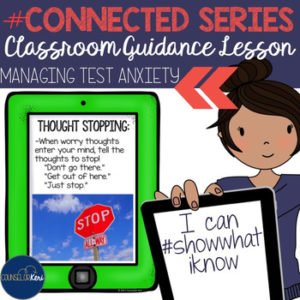
As testing time approaches, I do classroom lessons with upper elementary students on relaxation strategies such as bubble breathing and Progressive Muscle Relaxation. They are always surprised by how calm their bodies feel after these activities! We also discuss how the things you give the most attention to grow (i.e. focus on your worries and they’ll grow!) and the importance of focusing on positive self-talk and strengths. With younger students, I like to make a lap book to review steps to take before and during the test and practice guided relaxation with Cosmic Kids Yoga. -Keri from Counselor Keri
I love to teach stress management guidance lessons during the month of March when students really feel the pressure of state testing! I use Give Stress a Rest, which utilizes the strategies of muscle relaxation, growth mindset, positive self-talk and bibliotherapy to calm students. Additionally, I run stress management groups during this time, using the curriculum, Get Your Group On. In these counseling support groups, the students who need more than just a Tier 1 guidance lesson receive Tier 2 intensive and frequent interventions for their stress and anxiety. – School Counselor Stephanie
Prior to spring testing time, I conduct classroom lessons to teach students about stress management. Students rate their stress level prior to instruction. During the lesson, students identify stressors and how the stress feels in their body. I then teach the students about destressing tools and relaxation techniques they can do while sitting in class. The students rate their stress level after doing the de-stress techniques. Making stress balls out of common materials is the ending activity for the lesson. We then discuss how to use the stress ball appropriately and the benefits of de-stressing using these simple techniques. De-Stress and Relaxation Workshop. –Carla, The DIY Counselor
I offer in-class lessons for students or programs for teachers to teach them to manage stress and learn coping skills. It helps to explain that stress is what happens to your body when it is faced with demands and pressure that can make it hard to think clearly. Not all stress is bad though! Fortunately, the tools you need to calm your mind and body are always with you. Calming oneself can be as simple as breathing in and out through your nose. Breathing in through your nose activates your parasympathetic nervous system, which sends a message of peace and calm to your body. Grounding strategies are great to help calm strong emotions. When one is “grounded,” one is in the present moment and able regain a sense of safety and control. Check out Calming Yourself and Coping with Life. Good luck this testing season! – The Sunny Sunshine Student Support Store
I begin teaching about stress and anxiety in second grade to help build a foundation of coping skills. In my classroom lessons, I define coping skills as strategies we use to help us calm down when we experience strong feelings. It is important for students to build up a toolbox of coping skills so they have several different strategies to help them regulate their emotions. After teaching students about various coping skills, I have them rank the coping skills by preference and compare their ranking with a partner. This helps students become more self-aware about which strategies work best for their personal needs. If you are looking for a hands-on coping skills project for your small groups or classroom lessons, check out my Coping Skills Snowman Project. – Kate from EduKate and Inspire
Our Contributors


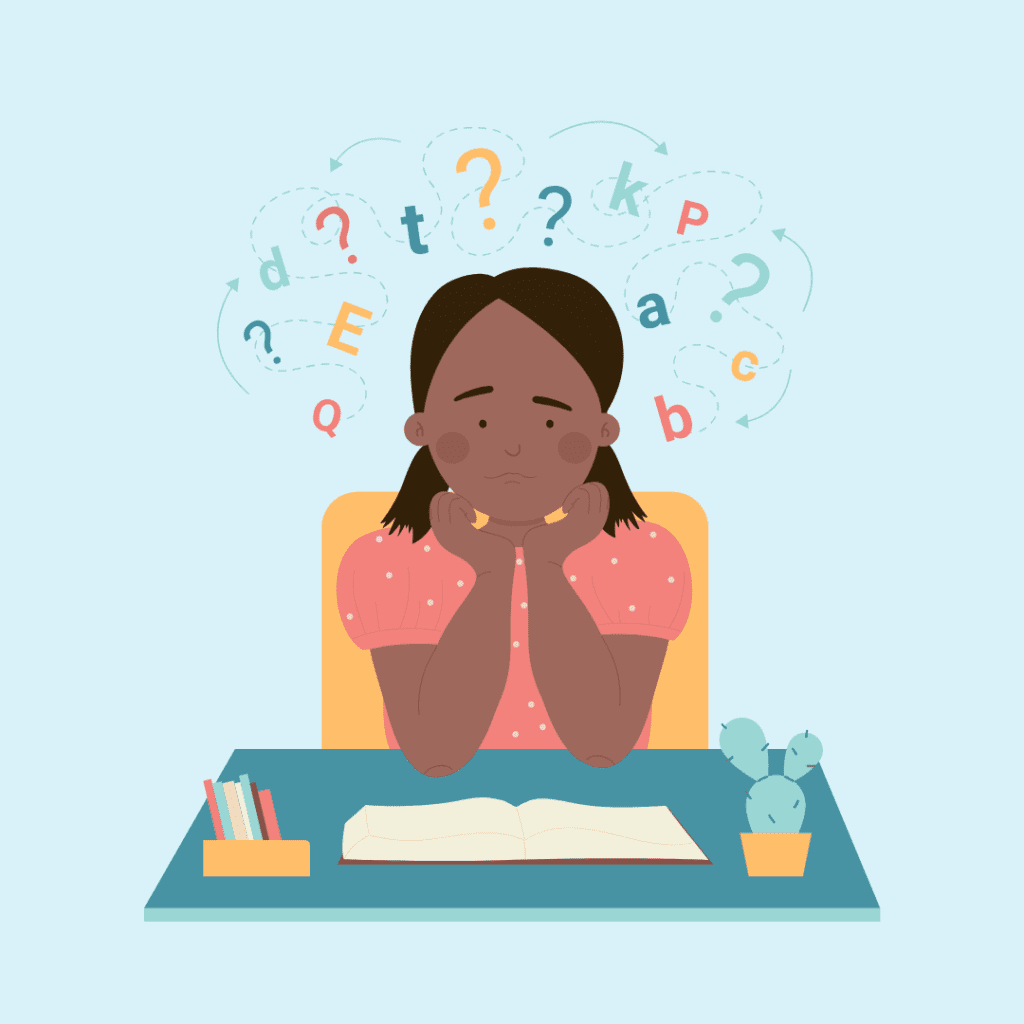


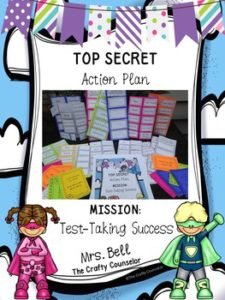
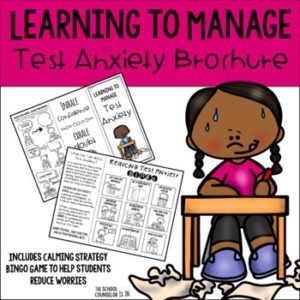
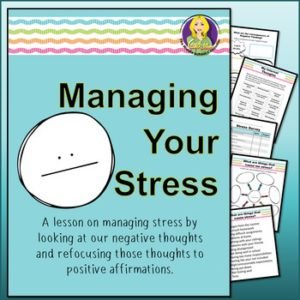
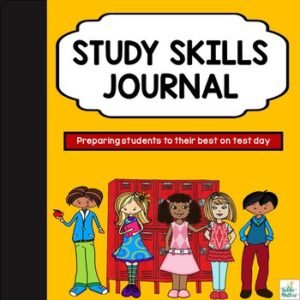




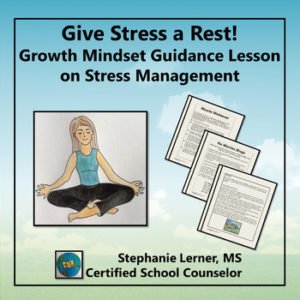





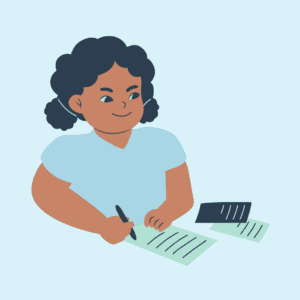


Finally catching up and reading this article. Very helpful!! I have it pinned to access it again for next year. Thank you!!!